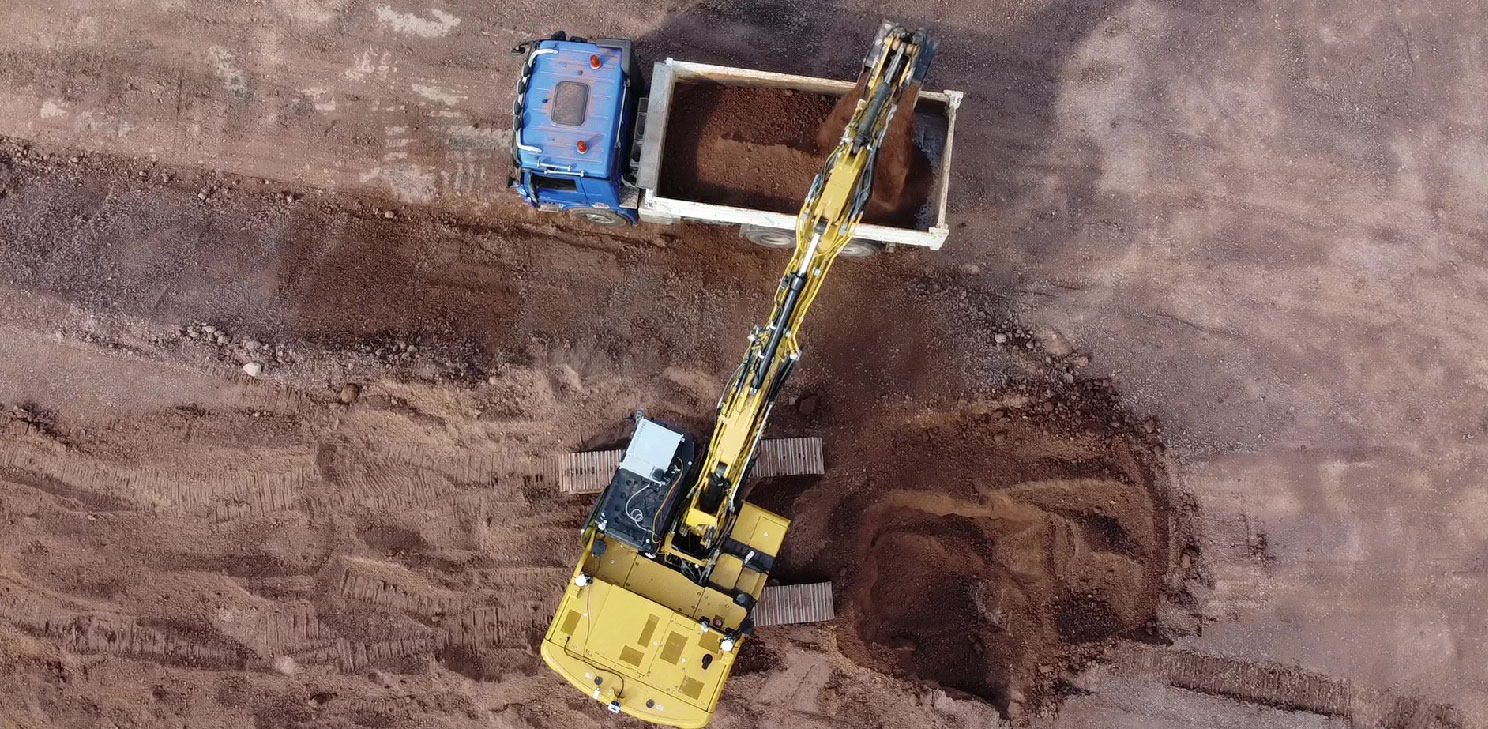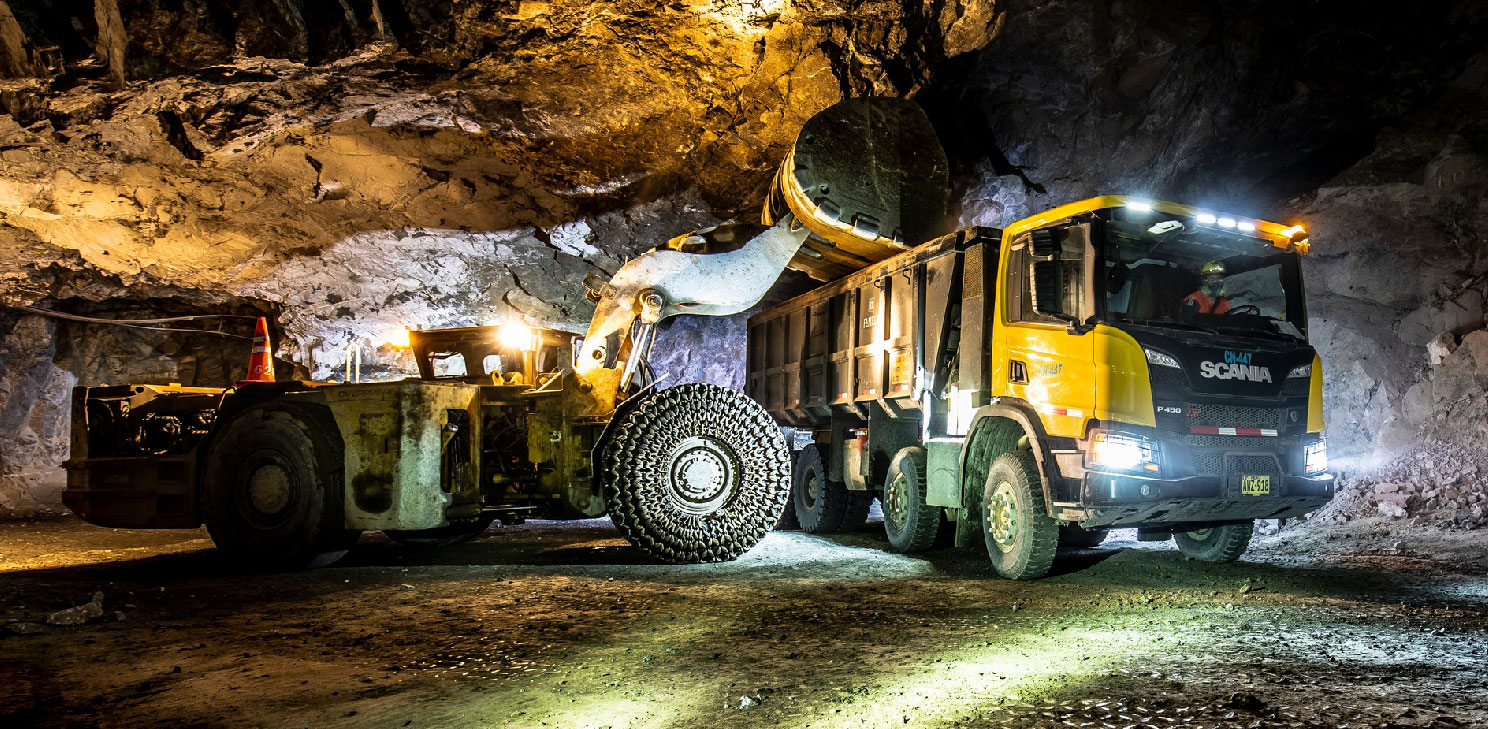The off-highway powertrain market is facing significant challenges as it moves towards electrification, with high costs, limited regulatory support, and various economic and technical obstacles slowing down the transition. Despite these issues, the sector is projected to reach total component sales of $9.5 billion in 2024. Although electrification remains a long-term priority goal for the industry, diesel powertrains are predicted to continue to dominate the market for the next few years. However, as battery technology improves and original equipment manufacturers (OEMs) improve their strategies, electrified off-highway vehicles are expected to become a more significant portion of the market by 2030, opening new opportunities for vendors and end-users.
Forklifts and aerial work platforms are the largest subsection of off-highway vehicles using electrification, accounting for a large share of the electrified off-highway market. In 2024, forklifts are expected to generate $7.5 billion in component sales, benefiting from high utilisation rates and previous history of using electrified powertrains. However, for other machinery types, such as telehandlers and wheel loaders, the adoption of electric alternatives remains low, as these vehicles continue to rely heavily on diesel. The overall growth forecast for electrified off-highway vehicle sales is 7% in 2024, lower than expected, signalling that the transition is yet to gain true traction
One of the key factors holding back the adoption of electric off-highway vehicles is the regional and economic constraints, especially outside of China. High interest rates and limited government incentives are slowing down the transition in many countries, making it difficult for construction companies to justify the higher upfront costs of electric alternatives. In contrast, China has experienced stronger growth in electric wheel loader registrations, contributing to higher electrified vehicle sales in the Asia Pacific region.
Government policies play a crucial role in shaping the future of the off-highway powertrain market. While regions like Scandinavia have implemented strict regulations to promote electrification, most countries still lack policies to discourage the use of diesel powertrains, meaning that diesel will remain dominant. Additionally, the off-highway market faces higher costs for battery packs compared to passenger and commercial vehicles, which can range from $300 to $500 per kilowatt-hour (kWh). While there have been some reductions in costs, the price decline has been slower than expected.
Despite these challenges, the off-highway electrification sector will continue to grow as battery technology advances and larger, higher-power vehicles transition to electrification. To discuss how to encourage electrification in the off-highway sector, network with peers and solution providers and attend talks from industry leaders, book your place to attend the 6th Design and Development of Zero-Emissions Off-Highway Machinery Summit will be taking place May 21-22, 2025 in Berlin, Germany.
For more information, click here or email us at info@innovatrix.eu for the event agenda.
Source:













